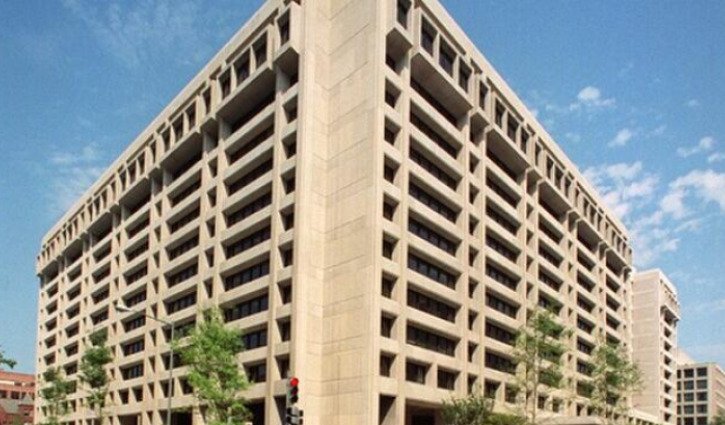While the International Monetary Fund raised its 2025 global growth forecast after concluding that shocks and financial conditions are more benign than expected, the global lender fears a renewed U.S.-China trade war could significantly staunch output.
What prompted the IMF’s second growth upgrade since April was a recognition that recent trade deals between the U.S. and some major economies have avoided the worst of U.S. President Donald Trump's threatened tariffs with little in the way of reprisal.
While global growth projections in the latest World Economic Outlook (WEO) are revised upward relative to the April 2025 WEO, they continue to mark a downward revision relative to the pre-policy-shift forecasts.
The IMF now predicts global real GDP growth at 3.2% for 2025, up from a July forecast of 3.0% and a more severe April forecast of 2.8% after Trump’s broad global "reciprocal" tariffs resulted in a tit-for-tat escalation with China.
A year later (2026), the IMF is forecasting 3.1% global growth - unchanged from the July forecast - with advanced economies growing around 1.5% with emerging and developing economies sitting just above 4%.
Lower-than-expected tariff rates aside, what’s also underpinning the IMF’s modestly higher 2025 global output forecast is the deftness with which the market responded.
IMF chief economist Pierre-Olivier Gourinchas cited an agile private sector that front-loaded imports and quickly rerouted supply chains, while other factors included a weaker dollar, fiscal stimulus in Europe and China and an AI investment boom.
"So bottom line: not as bad as we feared, but worse than we anticipated a year ago, and worse than we need," he said before the start of the IMF and World Bank annual meetings this week.
Meantime, while talks were underway to defuse a major U.S.-China trade war escalation, market jitters escalated last Friday after Trump threatened 100% duties on Chinese goods - on top of rates averaging 55% - after Beijing dramatically tightened export controls on rare earths.
"Obviously, if this were to materialise, this would be a very significant risk for the global economy," said Gourinchas, who also noted that escalation could see growth forecasts cut significantly.
This outcome would only add to the existing uncertainty that is currently chilling investment and spending.
In its report modelling the impact of tariffs that are 30 percentage points higher than current levels on goods from China, and 10 percentage points higher for Japan, the euro area and Asian emerging markets, the IMF projects a cut to global growth in 2026 by 0.3 percentage points.
The negative impact would then increase to more than 0.6 percentage points through 2028.
When other potential adverse impacts, including higher inflation expectations and interest rates and lower demand for U.S. assets are also factored in, the IMF also noted that global GDP reduction could potentially reach 1.2 percentage points in 2026 and 1.8 percentage points by 2027.
However, under the IMF's baseline forecasts, the U.S. outlook remains resilient, with 2025 growth at 2.0%, a slight upgrade from the 1.9% forecast in July.
The IMF forecast 2026 U.S. GDP growth at 2.1%, a slight improvement from July but well below the 2024 U.S. growth rate of 2.8%.
Meanwhile, Eurozone growth also improved slightly in the IMF forecasts, to 1.2% from 1.0% in July, due to fiscal expansion in Germany and continued strong momentum in Spain.
However, Japan, which benefited from the front-loading of trade in the first half to beat U.S. tariffs, saw its growth rate jump to 1.1% from 0.7% in July.
While the IMF raised its 2025 growth view in Latin America and the Caribbean region to 2.4% from 2.2% in July, it left its China growth forecasts unchanged at 4.8% for 2025.
"The outlook remains worrisome in China, where the property sector is still on shaky footing four years after its property bubble burst," Gourinchas said.
"Financial stability risks are elevated and rising as real estate investment continues to contract, overall credit demand remains weak, and the economy teeters on the edge of a debt-deflation trap."

Join our community of decision-makers. No card required
Join now
